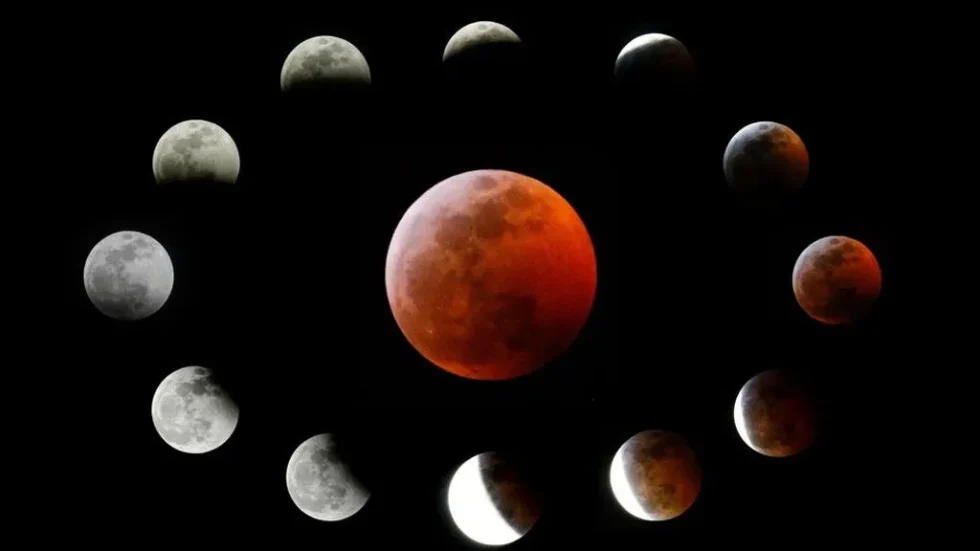
Exciting Skywatching Events in September 2024
Get ready for some amazing skywatching treats this September! A beautiful Harvest supermoon, a partial lunar eclipse, five visible planets, and International Observe the Moon Night are just some of the wonders to look forward to.
A Supermoon with a Partial Lunar Eclipse
On September 17th, skywatchers will get a chance to witness a partial lunar eclipse during the full supermoon. During the eclipse, Earth’s shadow will gently cover part of the Moon, giving it a slight red glow. The Moon will also look a bit bigger and brighter than usual, which is why it’s called a “supermoon.”
In the U.S., the eclipse will happen in the evening as the Moon rises. Meanwhile, in Europe, this stunning event will take place early in the morning.
September’s Skywatching Highlights
- All Month: Venus can be spotted low in the western sky after sunset, while Saturn shines brightly all night long. Jupiter and Mars make their appearance after midnight, visible in the southeast just before dawn.
- September 1-7: Early risers in the Northern Hemisphere can spot Mercury just before sunrise, low in the eastern sky.
- September 14: Join in on International Observe the Moon Night! People worldwide will be looking up to admire the Moon. You can participate from home or check for local events. Visit moon.nasa.gov/observe for more details.
- September 16: Watch as the Moon and Saturn travel together across the southeastern sky after sunset. If you’re in the western U.S., you can see the Moon start to cover Saturn before dawn.
- September 22: The Moon will pass through the Pleiades star cluster for those watching from the U.S. It’s a rare and beautiful sight.
- September 23: Jupiter and the Moon will rise together in the evening and light up the southeastern sky by dawn.
- September 25: The crescent moon will appear near Mars, along with the bright stars of winter constellations, in the early morning sky.
Moon and the Pleiades Star Cluster
On September 22nd, U.S. skywatchers will get a rare treat as the Moon passes through the Pleiades star cluster. If you have binoculars or a small telescope, you can watch the Moon as it moves through this bright group of stars throughout the night.
NASA’s Solar Sail in the Night Sky
NASA’s Advanced Composite Solar Sail System (ACS3), a small satellite testing solar sail technology, will also be visible from Earth this month. The solar sails are highly reflective, making the spacecraft shine almost as bright as Sirius, the sky’s brightest star. You can check when to spot this spacecraft using the NASA app.
International Observe the Moon Night
On September 14th, people around the globe will come together to observe the Moon as part of International Observe the Moon Night. This year offers a special chance to see the Marius Hills, a series of volcanic domes that are usually hard to spot. As sunlight streams across them, they’ll become easier to see, making it a must-watch event.






